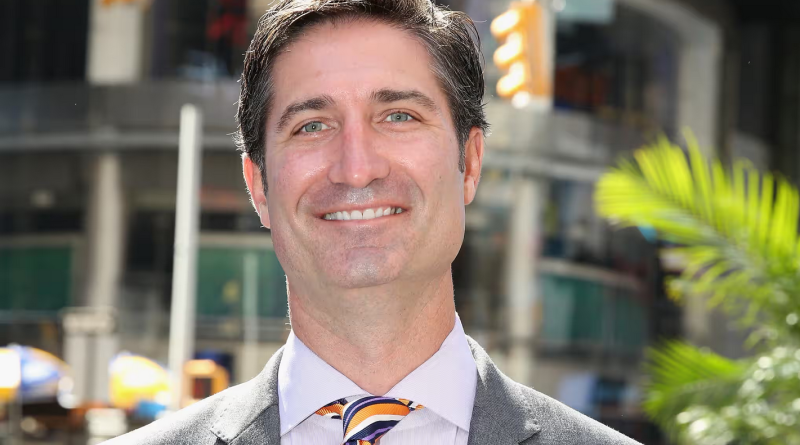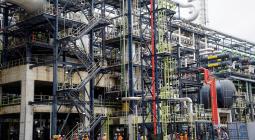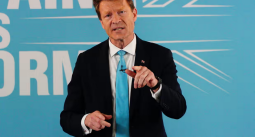So Starbucks’ CEO commutes to work by private jet? Let’s not pretend the super-rich care about the planet

‘The optics are terrible’ … Starbucks CEO Brian Niccol. Photograph: Robin Marchant/Getty Images
Jesus, if I remember correctly, usually travelled by donkey or by foot. Today’s corporate saviours, however, have more elevated tastes. Last week Starbucks made headlines after it was revealed its new CEO, Brian Niccol – who has been described as the “messiah” the ailing coffee company had been searching for – will be commuting to the office via private jet. Niccol, you see, is generously going to abide by the company’s policy of being in the office three days a week. But since he lives in California and the Starbucks HQ is more than 1,000 miles away in Seattle, a corporate jet is really the only way to go.
Did anyone at Starbucks sit down with a cup of coffee and ponder the optics of this before sealing the deal? Because the optics are terrible. Back in 2018 the company made a lot of noise about how it was getting rid of plastic straws and working towards a recyclable and compostable “cup solution”. What’s the point of that posturing if you’re then going to stick your CEO on an emission-spewing private jet a couple of times a week? As environmental groups and plenty of angry people on the internet have pointed out, this supercommute makes a mockery of Starbucks’ supposed “green agenda”.
Then there’s the message this sends Niccol’s underlings at Starbucks, who are already unhappy about their commute to the office. A number of Starbucks corporate employees signed a petition last year asking the company to reverse what they called “an unforeseen and poorly planned ‘return to office’ mandate”. Around the same time that happened, Starbucks was facing allegations that it had intimidated and fired pro-union employees. Can’t have employees organising for better pay and working conditions! Not when you’ve got to make sure there’s enough spare cash to give Niccol a blockbuster pay deal worth up to $113m.
While Starbucks is getting backlash for its supercommuting CEO, I imagine the criticism won’t bother the board so long as Niccol gets people buying more pumpkin spice lattes. Online outrage certainly isn’t going to prompt Niccol to commute via bicycle: the super-rich don’t care what the hoi polloi think. They seem to think they abide by a different set of rules than the rest of us. Let them use paper straws; we’re going to set the planet alight!
Forget conspicuous consumption – it feels like we have entered an era of contemptuous consumption. From supercommuting CEOs to billionaires conducting joyrides in space to families like India’s super-wealthy Ambanis throwing weddings estimated to cost upwards of $600m, the rich are spending shamelessly. Dwindling natural resources simply represent lucrative new markets: the luxury water market continues to grow, while the climate crisis makes droughts more frequent. Even clean air is becoming a luxury good.
Of course, the wealthy have always flaunted their wealth: even trends like “quiet luxury” were still about showing off, just in a more understated way. Now, however, as it has become painfully clear just how much their spending degrades the planet we all have to share, this excess feels like a slap in the face. A private jet, after all, is no longer just a symbol of wealth – it’s a symbol of environmental destruction. All their big-boy toys – their jets and their superyachts and their multiple mansions – mean that a single billionaire produces a million times more emissions than the average person, according to a 2022 Oxfam report. A million times more!
While many of us try to do our bit to reduce our environmental impact, the 1% have told themselves that they’re such special little geniuses that they don’t need to bother sacrificing anything at all, because they’re going to figure out a way to save the world and get richer. Private jet enthusiast Bill Gates, for example, has insisted that his excessive emissions aren’t actually a sign he’s a problem: because he’s also investing in climate change-related technology, they’re a sign, he says, that “I’m part of the [climate] solution”.
If he’s so convinced of that, then I have to wonder why luxury doomsday bunkers have become the newest status symbol for the ultra-rich. Deep down it feels like even they know the bill for all this excess is eventually going to come due.





